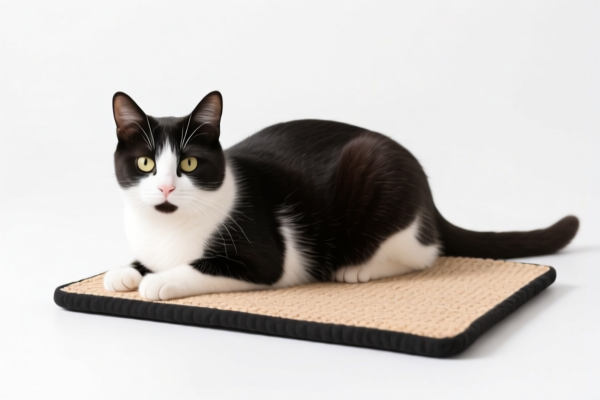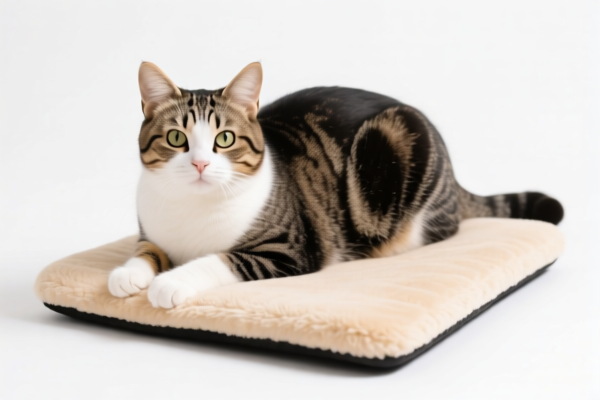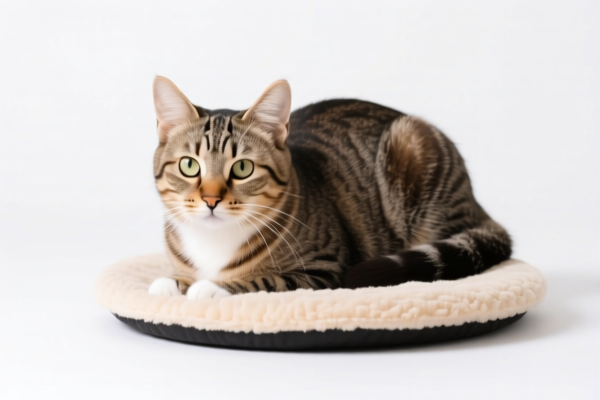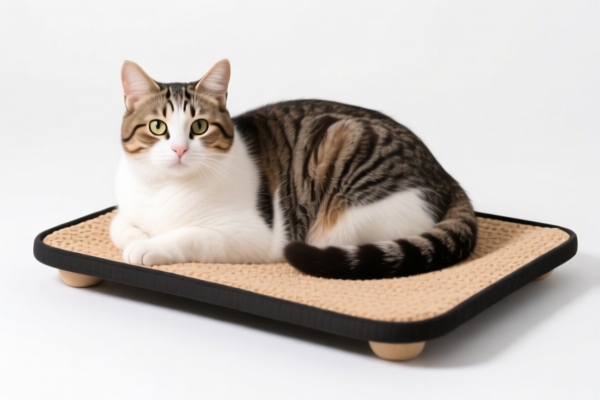| HS Code | Official Doc | Tariff Rate | Origin | Destination | Effective Date |
|---|---|---|---|---|---|
| 3926901600 | Doc | 40.6% | CN | US | 2025-05-12 |
| 3918105000 | Doc | 59.2% | CN | US | 2025-05-12 |
| 3918905000 | Doc | 59.2% | CN | US | 2025-05-12 |
| 4818900080 | Doc | 37.5% | CN | US | 2025-05-12 |
| 4823908000 | Doc | 55.0% | CN | US | 2025-05-12 |
| 4823907000 | Doc | 55.0% | CN | US | 2025-05-12 |




PET PAD HS Code Classification
Based on the provided reference data and the product description "PET PAD", here's a classification breakdown with potential HS codes. It's important to note that the precise HS code depends on the material composition and intended use of the PET pad.
Here are potential classifications, along with explanations:
-
4818900080 - Toilet paper and similar paper, cellulose wadding or webs of cellulose fibers… in rolls… or cut to size…; handkerchiefs, cleansing tissues, towels… articles of paper pulp, paper, cellulose wadding or webs of cellulose fibers: Other Other
- 48: Paper and paperboard; articles of paper pulp, paper, paperboard, cellulose wadding or webs of cellulose fibers. This chapter broadly covers paper-based products.
- 18: Toilet paper, sanitary paper, paper towels, handkerchiefs, etc.
- 90: Other (covers a wide range of paper articles not specifically classified elsewhere).
- 00: Further specification.
- 80: Other.
- Applicability: If the PET pad is primarily made of paper (even with absorbent materials added), this is a strong possibility. However, if it contains significant plastic components, this code is likely incorrect. Total tax rate: 37.5%
-
3926901600 - Other articles of plastics and articles of other materials of headings 3901 to 3914: Other: Pacifiers
- 39: Plastics and articles thereof. This chapter covers products made from plastic.
- 26: Other articles of plastics and articles of other materials.
- 90: Other.
- 16: Pacifiers.
- 00: Further specification.
- Applicability: If the PET pad is made of plastic, this is a strong possibility. Total tax rate: 40.6%
-
4823908000 - Other paper, paperboard, cellulose wadding and webs of cellulose fibers, cut to size or shape; other articles of paper pulp, paper, paperboard, cellulose wadding or webs of cellulose fibers: Other: Other: Other: Other: Other: Gaskets, washers and other seals
- 48: Paper and paperboard; articles of paper pulp, paper, paperboard, cellulose wadding or webs of cellulose fibers.
- 23: Other paper, paperboard, cellulose wadding.
- 90: Other.
- 80: Other.
- Applicability: If the PET pad is made of paper and used as a seal, this is a possibility. Total tax rate: 55.0%
Important Considerations & Recommendations:
- Material Composition: The primary material is crucial. Is it mostly paper, plastic, or a combination?
- Absorbent Core: What is the absorbent material? (e.g., cellulose, polymer, sand).
- Backing Layer: Is there a plastic backing?
- Intended Use: While "PET pad" suggests use with pets, confirm if it's for absorption, training, or another purpose.
- Certification: Depending on the material and intended use, you may need specific certifications (e.g., sanitary standards, material safety data sheets).
- Single Invoice: Ensure the invoice clearly describes the product's composition and intended use.
Next Steps:
- Provide detailed material composition information.
- Confirm the intended use of the PET pad.
- Consult with a customs broker for a definitive HS code classification based on your specific product details.
Customer Reviews
I was looking for HS codes for exporting PET pads to the US, and this page gave me exactly what I needed. The breakdown of the 3926901600 code was clear and well-explained.
The site has useful info, but I found the classification for 4823908000 a bit confusing. It would be better if there were more examples of when this code applies.
The detailed explanation of the 4818900080 HS code was exactly what I needed. It clarified whether my PET pad is paper-based or plastic-based. Highly recommended.
Great resource for finding HS codes for PET pads. The breakdown of 3926901600 and its 40.6% tariff rate was super helpful for my export plans.